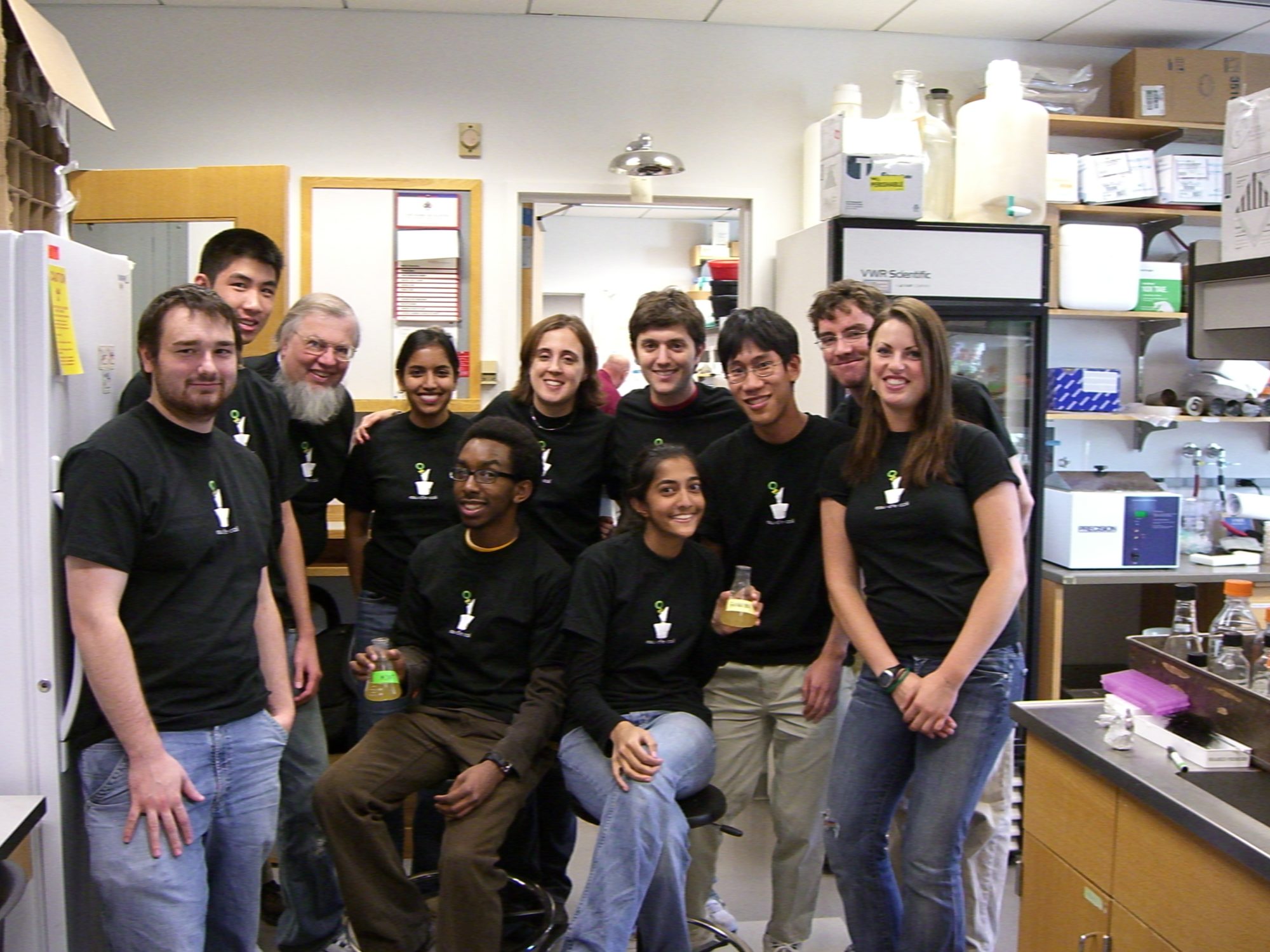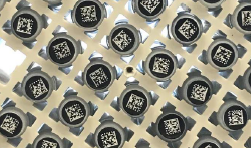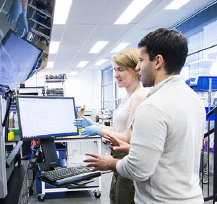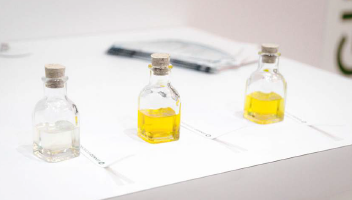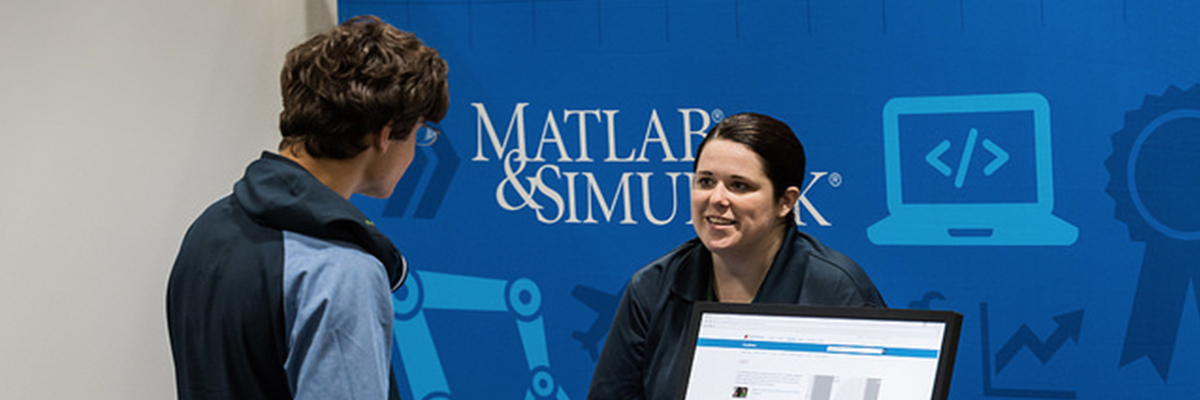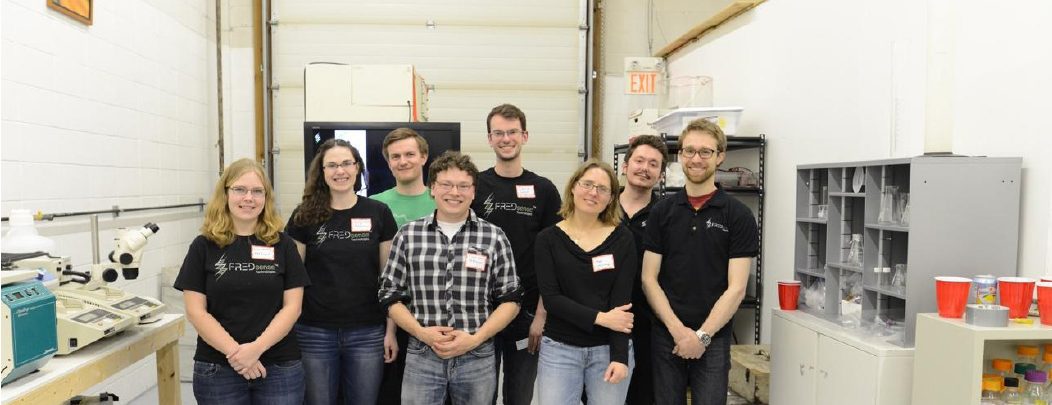Synthetic Biology, iGEM and Ginkgo Bioworks: Tom Knight's Journey
A conversation with Tom Knight
Written and Interviewed by Ellie Powell
Tom Knight is one of the original founders of iGEM and the Synthetic Biology field. Since his involvement with iGEM, he went on to co-found Ginkgo Bioworks, a successful biotech firm in Boston.
Founded in 2009, Ginkgo Bioworks started as a team of just fifteen employees with the aim of designing organisms for commercial use. Ginkgo’s early success began with the development of yeast strains to produce fragrances, flavors, and food for commercial use. Since its humble beginnings, Ginkgo Bioworks has expanded to take on other exciting projects beyond the flavor and fragrance industry. These projects include working with DARPA in creating probiotics to fend off stomach bugs, designing bacteria that could decrease the reliance on chemical fertilizers in the farming industry, and creating ‘living medicines’.
Ginkgo Bioworks has extensive connections with iGEM. All five of the Ginkgo founders (including Tom Knight) acted as advisers to the 2006 MIT team, whose infamous Eau d’e coli project resulted in E.coli strains which were engineered to smell like banana and wintergreen. This iGEM project established the basis for Ginkgo’s later work on fragrances. Since their early days, Ginkgo has continued to maintain its ties with iGEM with roughly 10% of Ginkgo’s workforce having participated in the iGEM competition in one capacity or another.
Upon Ginkgo’s ten-year anniversary came the announcement that it would be a lead contributor in this year’s iGEM competition. To celebrate this partnership, we speak to Tom Knight from Ginkgo.
EP: As one of the pioneers of Synthetic Biology, could you describe the timeline of events which led to the founding of the synthetic biology field?
TK: So that’s a long story. I have a background in computer science and as an electrical engineer. I guess around 1990, a lot of things happened to get me into biology and got me interested in the field.
I could tell this area was going to be important, so I thought how do we get to the next level? In order to do that, you need money. So, the question became, how do I motivate people who have money to give it to me to do stuff? Computational funding was funded almost entirely by DARPA and as a result, I was very familiar with the community and the people who ran in 1995. I proposed a summer study in 1995 in this area in Cape Cod on ‘cellular computing’ which focused on merging computer and information technology with some of these ideas to make something that will work.
Next year, as part of that program, we received funding for an MIT microbiology lab, kick-starting the field. The lab ran until 2010, in which a number of developments in the field were made. Ron Weiss worked in the lab where Bio bricks were developed and the first distribution of parts [happened] at a DARPA meeting. At MIT there is an independent activities period in which students can pursue interesting projects and we started a mini-course in this area in 2004 with Randy Rettberg, which began iGEM.
EP: Ginkgo has a long history with iGEM, with all five co-founders of Ginkgo being connected to the competition. What sparked your interest in the concept of iGEM?
TK: We were approached by the National Science program. Funding in the US is given out from October to October of the fiscal year and there is an incentive to spend it all. The program manager at the National Science Foundation at the time said that she wanted to make a competition on this stuff. Initially, Drew Endy and myself weren’t keen and we asked ‘must it be a competition?’. She said that it must be a competition, and it was a brilliant idea. In the first year, five schools competed, and it took off from there.
Pictured: Founders of iGEM and Ginkgo Bioworks along with 2004 MIT iGEM Team
EP: What led you and the rest of your team to decide to found Ginkgo Bioworks as a start-up?
TK: In the mid-2000’s I was still at MIT and was having trouble getting grants. I’d get grants turned down by the funding bodies saying that that the grant proposals were good but they couldn’t fund them. I got tired of it. Around the same time, the other co-founders (Jason Kelly, Reshma Shetty, Barry Canton, and Austin Che) were all getting on to graduate in 2008 with PhDs in engineering. I had been working with Jason for around 5-6 years and the other students were working with Drew Endy. We were all working closely together, and we began to talk about what happens next. Jason said to me ‘What do you think if we started a company?’ to which I replied, ‘What would you think if I joined you?’.
This happened in the spring of 2008. At the time there was an economic downturn, which brought both good things and bad things. I discovered that the organization, the American Society for Educating Engineers had a program for newly graduated Ph.D. students for students working in industry, which offered them a $70,000 salary and health insurance. I asked them if the company had to exist yet, to which the program director said ‘go for it, start it!’. We scraped enough money to start the business. Other companies at the time had shut down meaning we could cheaply buy used lab equipment. We didn’t have a laboratory for the first year. We had a store for lab equipment, most of which was purchased from eBay. We assembled the lab for ten cents on the dollar. We didn’t have a clear picture of what we were doing but we were confident that we’d figure something out. Our focus hasn’t really changed, which is our interest in making biology easier to engineer.
Early years of the Ginkgo Bioworks Team
EP: When Ginkgo first started, synthetic biology was in its infancy. What challenges did you face in the early stages of the start-up? How have these challenges changed as Ginkgo has expanded?
TK: For any start-up, you have to ask: How do you make up a business? What do you do or sell? What service do you provide to ensure that you have more money going in than out? We didn’t have a clear idea when we started out. We thought DNA assembly would be our business then decided against it. We then considered environmental clear up as a challenge to tackle and spoke with companies working on the oil sands in Alberta and with copper mining organizations in Chile. Unfortunately, we found that these groups didn’t care and that there was no market there.
In 2006, the MIT iGEM team did a project on fragrances [‘eau d’E.coli’], synthesizing wintergreen fragrance in bacteria. All co-founders of Ginkgo were involved in this project. We realized from this that we could make fragrances and flavors to get people to pay for. It took a long time – around a year- to make contact with the major players in the community. This became our first plausible business model.
The challenges have changed. One of the main challenges has been trying to maintain the corporate culture of a company as you recruit people. Namely, how do you ensure when a company doubles, triples or quadruples that the vision is not lost? We have therefore focused a lot of effort into that.
EP: With the continuous expansion, how has Ginkgo evolved its responsibilities and policies with respect to the research conducted at Ginkgo.
TK: From the start, we have been motivated to be responsible in this area. We have close relationships with governmental agencies. We have recently announced our two major projects on biosecurity. Patrick Boyle – an engineer at Ginkgo and previous iGEMer - is an author of a major paper on biosecurity in the National Academy of Science. Also, around two years ago, we purchased Gen9, a leading DNA synthesis company. This integrated us into the international gene synthesis consortium along with other DNA synthesis companies such as IDT and Twist Biosciences, which focus on safety. This ensures there is a vetting process for ordering sequences, namely what the order is and who is ordering it.
EP: How do these policies and responsibilities in Synthetic Biology compare coming from an iGEM experience to a company in the private sector?
TK: There is a huge difference between the two experiences in that iGEM teams are in the public. We can’t talk about clients, projects or who we are. We can be open about some projects, for example, we are working with the Harvard Herbarium to bring back extinct flowers. This involves taking samples of dried flowers of extinct plant species, deep sequencing them, then pulling out the fragrance genes so we can attempt to recreate the fragrances of extinct plants. It acts as a credible effort to resynthesize scent from flowers and we are required to talk about it. All the DNA goes into public databases. We are also proactive in talking about controversial things such as attitudes towards GMO’s. On this topic, Jason Kelly wrote a piece for the New York Times on how we should be proud of GMO’s and how GMO’s should be labeled in supermarkets. We are therefore trying to reach out to the public.
EP: Ginkgo has worked on a large range of projects, from working on antibiotic resistance in bacteria to creating fragrances. What is your general approach to engineering organisms to solve problems?
TK: As a general approach, instead of trying and assembling genes in a specific area, we look at large arrays of genes. For example, looking for a single step in a pathway, we look to nature. Life has been around for 4 billion years – we can’t compete. We find good genes in nature. Find the right genes and everything will be easy.
EP: Where do you see the field progressing in the next years and what vision do you have for Ginkgo Bioworks
TK: For the future, the vision doesn’t change. The methods, however, will change. At the moment, we are reliant on high throughput screening and synthesis. Going forward, this will move on to a predictive approach. We are moving away from measuring processes to good simulation tools. This will require fewer experiments to be designed with smaller expenses. This will not happen immediately though and is a five to ten-year project.
Important things are going to happen. Synthetic biology could be increasingly important in environmental clean-up strategies. It could also have a place in planet colonisation. If it happens, then planet colonization will be reliant on synthetic biology. The words ‘insurmountable opportunities’ come to mind. Asking that question is like asking Bardeen in 1948 after developing the transistor to ‘please predict iPhones’. You can’t predict it. You can make guesses what’s important today but we don’t have a clue for the future.
EP: Do you have any words of advice for iGEM alumni that want to take their projects further after the competition?
TK: That’s hard. At the risk of sounding self-assertive, I would say that the best way would be to come work with us! To be serious, we are trying to make things faster and better than anywhere else in the world. There would be a high chance of success.
The iGEM Digest is a collection of stories from the iGEM Community. More information on the iGEM Digest can be found here: after.igem.org/page/igem-digest





